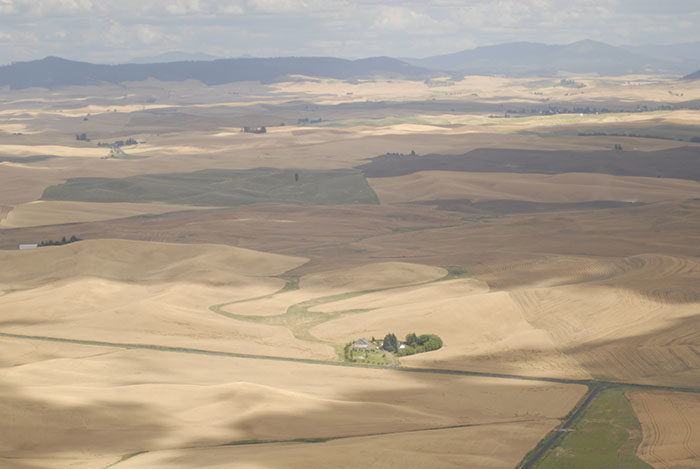Advertise Follow Us
Water Management
Strategies for preserving or managing moisture in no-till systems, including tiles, cover crops, irrigation and other approaches.
ARTICLES
Press Release
Habitat Incentives Program Helps Farmers Add Conservation Practices
PFI program open for farmers and landowners seeking financial and technical assistance for conservation practices
Read More
How No-Tillers Can Benefit from Innovation
No-till systems must become more resilient to combine productivity, climate protection and biodiversity. Hubertus Paetow, president of DLG in Germany, shares how this can be achieved and what role digitalization will play
Read More
What I've Learned from No-Tilling
A No-Till Farming System 55 Years in the Making
The Kaiser family shares thoughts on best practices are constantly evolving for three generations working this Ontario no-till farm
Read More

















